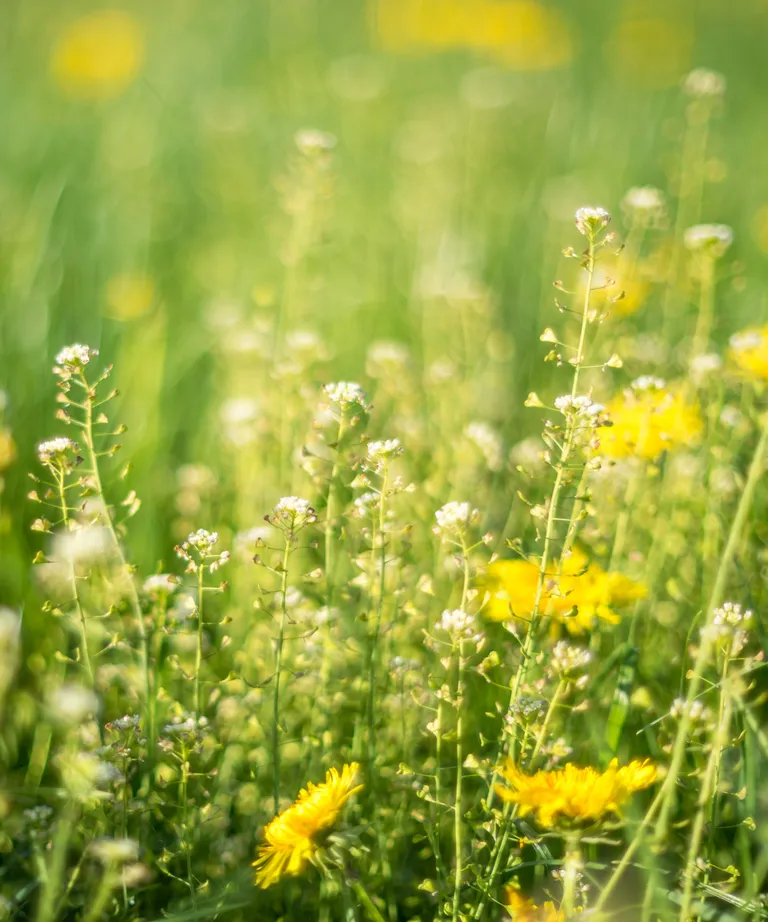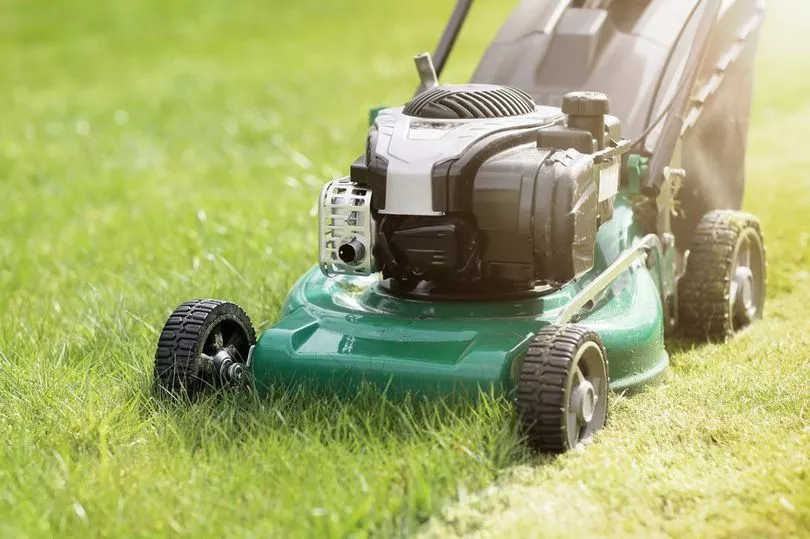Why Is My Grass Dying In Patches? And What To Do About It
Last Updated on August 2, 2024 by Duncan
Grass dies when the roots are cut off from nutrients and water. This is because the soil doesn’t receive enough food or water.
Just like you, I work hard to maintain a lush and healthy lawn. After doing everything to the grass, mowing, fertilizing, and even keeping off the dog, I noticed my lawn was dying in patches. I was devastated.
If you are one of the people asking, “Why is my grass dying in patches?” here are some of the top reasons and tips on how you can revive the lawn and have the beautiful grass you deserve.
Lawn games
If you are a fun-loving person and love playing games on your lawn, the constant foot traffic can kill the grass leading to a dead lawn.
Remedy: Stop playing games in the same area. You can also reduce the frequency you play the games. For example, move from playing every evening to once or twice a week.
Poor soil quality
It’s normal to have soil of varying quality across your lawn. Sometimes you will have poor quality soil in patches across your lawn, leading to grass dying in patches.
Remedy: Drive a screwdriver into the soil. If it doesn’t go in easily, the soil is compacted. You can fix the problem by aerating or top dressing the lawn.
Buried debris
When you have buried pieces of lumber and other debris under the soil, you are bound to have dead patches on your lawn.
Fix: Using a screwdriver, poke around the dead area to see if there is anything under the sod. Remove it if you find it.
Tree roots
Large trees and shrubs take water and nutrients from grass and grass growing under trees has a hard time growing and often dries up.
Remedy: It makes sense to remove the trees but if you can’t do it, undertake mulching. You also should learn how to grow grass in the shade.
Dormant grasses
Chances are you have different types of grasses growing in your yard. If you have a mix of grasses that go dormant at different times of the year, you are bound to have brown patches on your lawn.
Remedy: It’s normal for grass to have seasonal dormancy. Despite this, take good care of your lawn to keep it healthy and strong. This way you keep off unnecessary browning.
Thatch
Thatch is the buildup of decaying grass blades. When you leave grass in a given area for too long, it gets too thick that it chokes out the healthy grass.
Fix: If the thatch is more than ½” thick, get rid of it.
Animal urine
Dog urine is the most common culprit, but birds and other animals have also been shown to lead to a dead lawn. Urine contains high levels of nitrogen that makes the grass turn yellow.
Telltale signs the brown patches are due to animal urine is the grass having a bright green ring around the edges.
Fix: Check out our article on how to fix grass destroyed by dog urine.
Drought
When it’s dry, some of the soil can drain poorly, leading to dead lawn spots.
Remedy: Lawns need one inch of water per week to remain healthy. Irrigate the lawn to maintain the green lush. When watering, keep an eye on sunny spots and water them properly.
Grubs
If you live in an area prone to grubs, your lawn is bound to be infested by them. You can tell that grubs have damaged your lawn by pulling on the grass. If it easily pulls from the ground like a carpet, grubs are the culprits.
Remedy: Let the grass dry out completely before watering again. There are plenty of grub control products in the market you can go for if you don’t want to have on controlling the grubs. Also consider planting low maintenance turf grass that is more tolerant of the fat, white curved worms.
Weeds
If you have allowed weeds to grow on your lawn, sometimes they win the water and nutrient competition leading to the death of grass.
Remedy: Apply a pre-emergent herbicide in spring to prevent the weeds from germinating. If you are unable to maintain a weed-free lawn, consider hiring a professional to help you with the maintenance.
Cinch bugs
You will find cinch bugs in the hot sunny patches of your lawn. When they are many, the bugs drain juices from the grass leading to ugly, dried-up lawns.
Fix: Cinch bugs are resistant to most pesticides, but there are some specialized products that you can buy from your local store. To keep off the bugs from your lawn, get rid of thatch. Also, water your lawn regularly.
Fungal diseases
Lawn diseases such as snow mold can kill patches of your lawn. Lawn patches brought about by fungal diseases present themselves as circular or irregular brown spots. You may also notice an infected pattern or spotting pattern on the blades of your grass.
Fix: Increase air circulation to the lawn. You also should increase the amount of sunlight that gets into the lawn to make the lawn less inviting to fungus.
Erosion
It’s common for water to run off slopes taking grass and soil with it and leaving dried out areas behind.
Fix: Aerate the lawn to increase soil absorption. If you have a steep slope, build terraces. You can also consider planting groundcover to prevent further erosion.
Spilled chemicals
Spilled broad-spectrum herbicides and pesticides will burn grass, leading to dead spots in your lawn. Chemical spills create irregularly shaped dead patches that match the shape of the spill.
Remedy: Water the affected part thoroughly to dilute the chemical concentration. When working with strong chemicals near grass, take extra caution that you don’t spill.
Salt burn
If you live in the northern areas where you apply salt as an ice control measure, it’s common to have dead lawn spots along the streets and sidewalks.
Remedy: Thorough watering of the areas will heal the lawn, but if the burn was extreme, you may have to reseed the lawn. To reduce grass burning in the future, minimize the amount of salt you apply to the sidewalks.
Excessive fertilizer application
Excessive fertilizer can burn your lawn leading to dead patches.
Remedy: Water the area as much as you can to wash out the excess nitrogen. To prevent a similar problem in the future, apply the fertilizer in a steady movement.
Incorrect sprinkler coverage
If your sprinklers don’t overlap or completely miss an area, they may lead to drying out of grass in the areas that don’t receive water.
Fix: Adjust the sprinklers so they reach all the areas. Sprinkler heads are easy to adjust with a small screwdriver.
Further Information
Why Is My Grass Turning Brown and Dying? (House Logic)
Diagnosing Dead Spots in Your Lawn (The Spruce)
Lawn Diseases (North Dakota State University)
How To Identify The Cause Of Brown Spots In Your Lawn (Today’s Homeowner)
Common Lawn Diseases (Cornell University)


